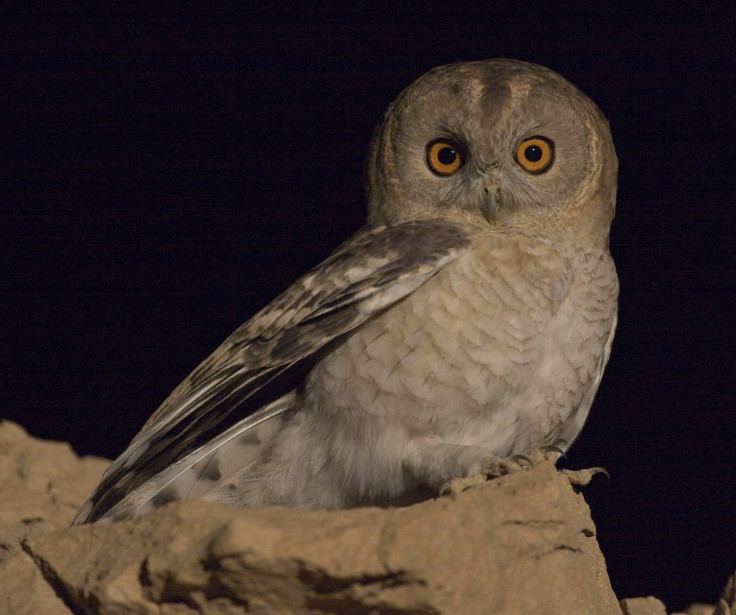Desert tawny owl: New species of bird discovered in Israel

An international group of ornithologists has discovered that a species of Middle Eastern desert owl - previously thought to be Hume's owl - is actually a completely new species.
The desert tawny owl (Strix aluco) is a new species of bird that has been known to inhabit the desert areas of Israel, Saudi Arabia, Egypt and Yemen since the 1950s.
There are roughly about 5,000 pairs of this type of owl in the world, about 200 of which live in Israel.
The study, entitled "Multiple lines of evidence confirm that Hume's owl Strix butleri is two species, with description of an unnamed species", is published in the journal Zootaxa.
In 1878, Allan Octavian Hume, a colonial administrator in British India and an avid ornithologist, was given an owl from Ormara, which is now part of Pakistan.
This bird, a member of the earless owl genus Strix, was named Hume's owl (Strix butleri) and today resides in the Natural History Museum in Tring, Hertfordshire.
Hume's owl is what is known as a "type specimen", and it was thought that the other birds found in the Middle East came from the same breed.
A completely different species
"When we sequenced three specimens of the owl – one from Israel, one from Saudi Arabia and Hume's type specimen from the 1880s, we realised that Hume's specimen was completely different from the Israeli and Saudi Arabian birds by almost 10%," Guy Kirwan, an associate researcher at the Field Museum of Natural History in Chicago and the National Museum in Rio De Janeiro, who co-authored the paper, told IBTimes UK.
Kirwan said that ornithologists were starting to suspect that there might be different sub-types in the Hume's owl breed, and one big clue was a study conducted by researchers from the Netherlands in 2012, where vocal recordings were made of desert owls in Oman.
Unfortunately the researchers were not able to obtain a specimen in 2012, but their vocal recordings showed that there was a clear difference between the bird song and plumage of owls from Israel and Saudi Arabia, and the bird song of the Omani owls.
Kirwan, researcher José Luis Copete and Dr Manuel Schweizer from the Natural History Museum of Bern in Switzerland analysed the descriptions of the Omani owl, and while they have no specimen to examine, they believe that the Omani owl is very likely the same as the 130-year-old specimen in Tring.
Hume's owl probably didn't come from Pakistan
If they are correct, then this would mean that Hume's owl possibly didn't come from Pakistan at all.
"There has always been a lot of doubt about where this specimen had come from. People were doubtful about it, as no one ever found the Hume's owl specimen in Pakistan ever again," said Kirwan.
There has also been a new development – Iranian ornithologists have revealed on Facebook that they have succeeded in photographing a Hume's owl in eastern Iran, which shares the exact same plumage characteristics as the Oman owl.
"That bird appears to be identical to two or three central characteristics found in the owl that occurs in Oman or in the type specimen, so this proves that the birds on either side of the Persian Gulf are likely to be the same bird," said Kirwan.
Next, ornithologists will need to compare vocal recordings from the owl in Iran, to see if its birdsong matches that of the desert tawny owl in Israel, or whether the birdsong matches the vocal recording of the Omani owl.
© Copyright IBTimes 2025. All rights reserved.






















